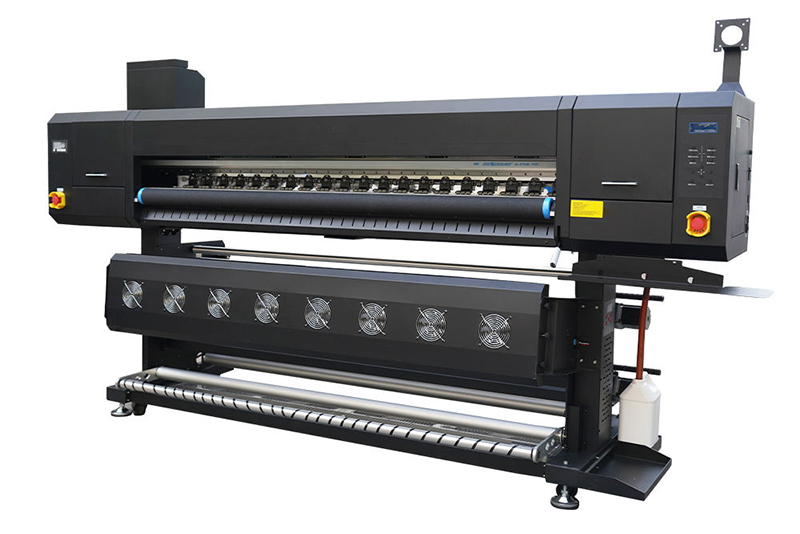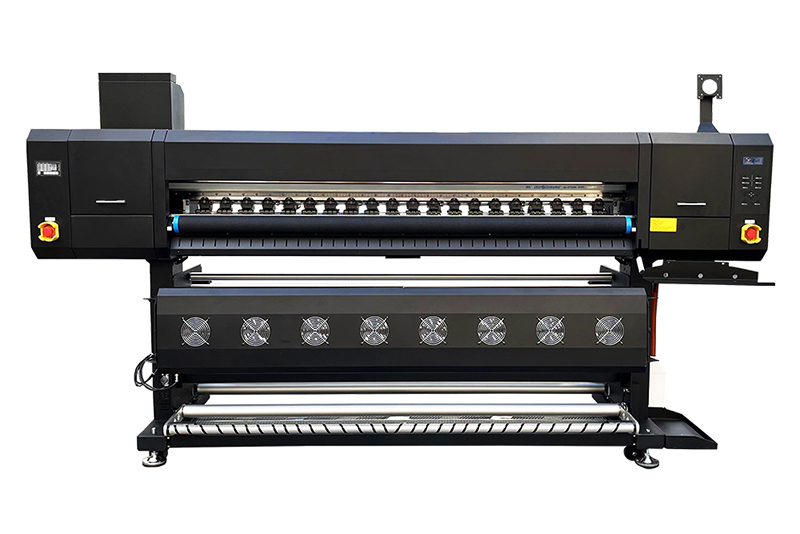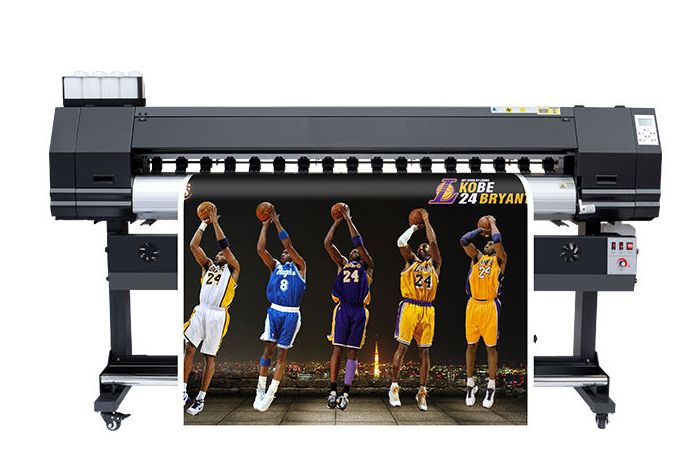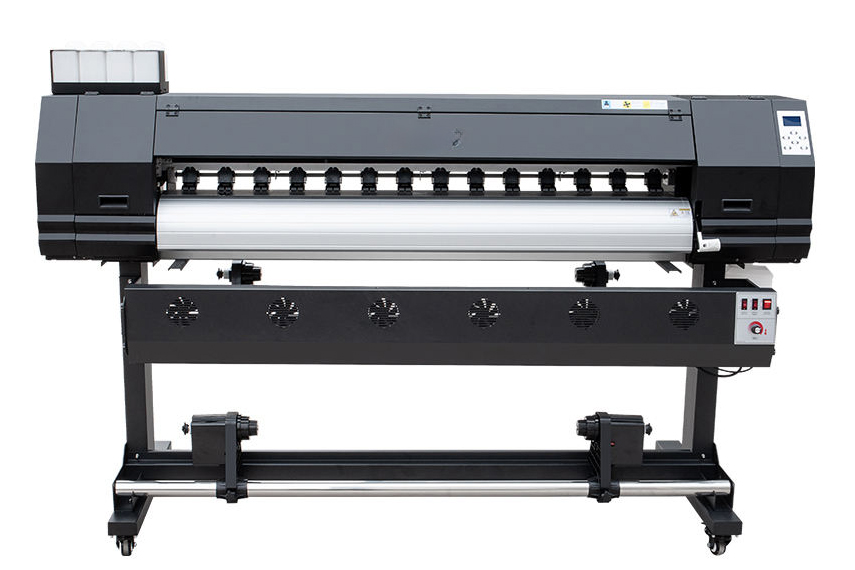The market for digital sublimation printers is experiencing significant growth and offers several trends and opportunities. Here are some key factors driving the expanding market and the potential for businesses in this industry:

1. Increasing Demand for Customization: Consumers today have a growing desire for personalized and customized products. Digital sublimation printing allows for high-quality and cost-effective customization, making it an attractive option for businesses. From personalized apparel to home décor items, the ability to offer unique and individualized products is a major trend driving the market.
2. Growing Textile and Apparel Industry: The textile and apparel industry is expanding globally, driven by factors such as increasing population, rising disposable incomes, and changing fashion trends. Digital sublimation printing provides a versatile and efficient solution for textile and apparel manufacturers to meet the demand for unique and customized designs, contributing to the growth of the market.
3. Advancements in Printing Technology: Digital sublimation printing technology continues to evolve, offering improved print quality, faster production speeds, and enhanced color accuracy. Advancements in printhead technology, ink formulations, and software solutions have made digital sublimation printers more reliable and efficient, attracting businesses looking to invest in this technology.
4. Diverse Applications: Digital sublimation printing is not limited to textiles and apparel. It finds applications in various industries, including home décor, signage, promotional products, sports equipment, and more. The versatility of digital sublimation printing creates opportunities for businesses to enter different markets and expand their product offerings.
5. Sustainable and Environmentally Friendly Printing: With increasing emphasis on sustainability, digital sublimation printing is gaining popularity due to its eco-friendly nature. The process uses water-based inks and produces minimal waste, making it a more sustainable option compared to traditional printing methods. This aligns with the growing consumer demand for environmentally conscious products.
6. Technological Integration and Automation: Digital sublimation printers are being integrated with advanced software solutions, automation features, and connectivity options. This integration streamlines production processes, improves efficiency, and reduces labor costs. The ability to connect digital sublimation printers to various design software and workflow systems enhances productivity and opens opportunities for businesses to offer streamlined and automated printing solutions.
7. E-commerce and Online Retail: The rise of e-commerce and online retail has created new opportunities for digital sublimation printers. Online platforms enable businesses to reach a wider customer base and offer customized products through web-to-print solutions. The convenience of online shopping, coupled with the ability to create personalized products, has increased the demand for digital sublimation printing in the e-commerce space.
The growing market for digital sublimation printers presents numerous opportunities for businesses to capitalize on the demand for customization, enter new markets, and embrace sustainable printing practices. By staying updated with technological advancements, offering diverse applications, and leveraging e-commerce platforms, businesses can position themselves for success in this expanding industry.



